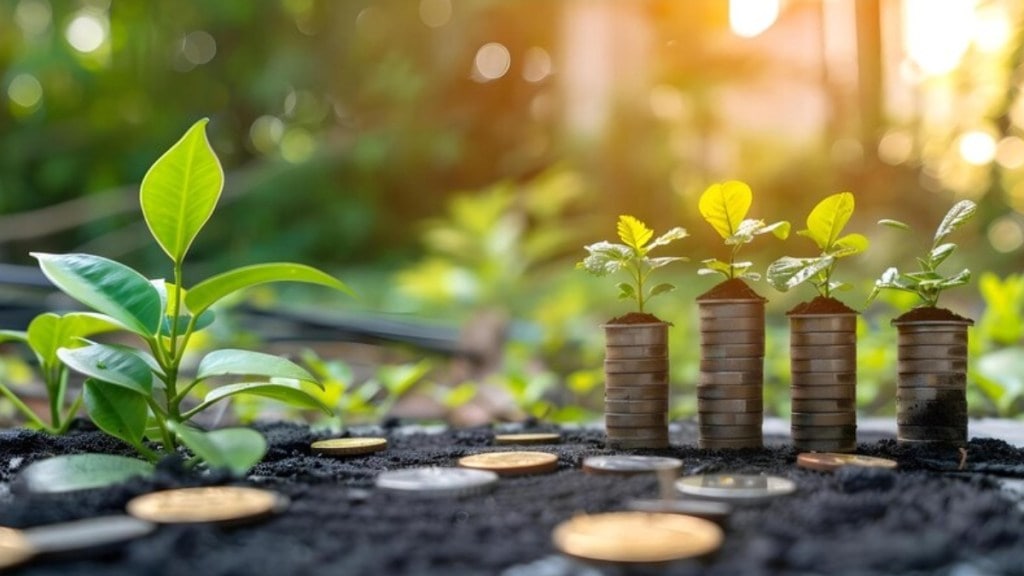The government is formulating a policy framework for implementing carbon capture, utilisation and storage (CCUS) technology and launching a CCUS mission which would involve capturing of carbon dioxide, primarily from large-point sources and power generation units using fossil fuels in order to help India achieve its net zero targets.
The mission is likely to include financial incentives in the form of viability gap funding by the government to attract investments from the companies in the private sector.
“The government is proposing now that we should launch a CCUS mission in which different viability gap funding, carbon pricing mechanism and taxing mechanism, carbon trading and also subsidies in terms of PLI (production linked incentives) can be provided to reduce the carbon footprint,” said V K Saraswat, Member, NITI Aayog.
Saraswat said that NITI Aayog, the office of the principal scientific adviser to the PMO and the power ministry is collectively working on the policy framework of the mission. The program will focus on technology development and setting up of pilot pants while making incentives available to emitters of CO2.
“Mission CCUS is very important and the government is definitely looking into it so that we will be in a position to have a similar picture as in the case of green hydrogen, batteries, and electrolysers. Time is not a way that the CCUS mission will also be launched,” Saraswat said.
The NITI Aayog member also mentioned that one of the elements of this mission will be to support setting up of pilot plants producing 500 tonnes of CO2 per day. He noted that this will be more of a B2B collaboration and the government will provide funds.
The expected move comes amidst the country’s target of increasing its share of non-fossil fuel energy capacity and realising the net-zero targets by 2070.
Many countries including the United States, Japan, and Germany have forayed into the segment in the past few years. As per the International Energy Agency, the US announced important opportunities in 2023 that are expected to boost CCUS project development, including investment of $1.7 billion for carbon capture demonstration projects. Japan, too, is quickly advancing its CCUS efforts with the selection of seven large-scale projects to capture and store around 13 tonnes of CO2 per year in 2030.
The captured CO2 through the technology is compressed and transported to be used to various applications or injected into deep geological formations such as depleted oil and gas reservoirs or saline aquifers.
“The government is waiting to showcase that this can be done and in 6-months time maybe we can see something happening. The incentives provided under this can be on the similar lines as of the national green hydrogen mission,” said an industry source who did not wish to be identified.

